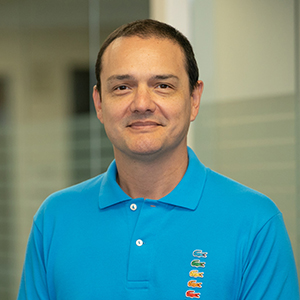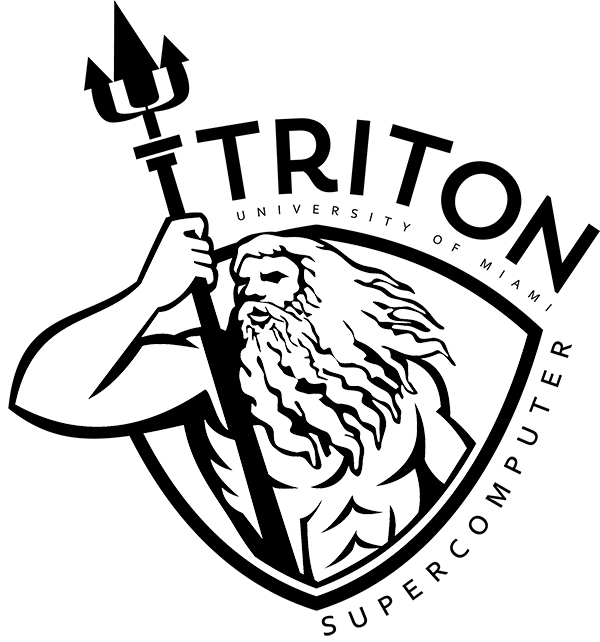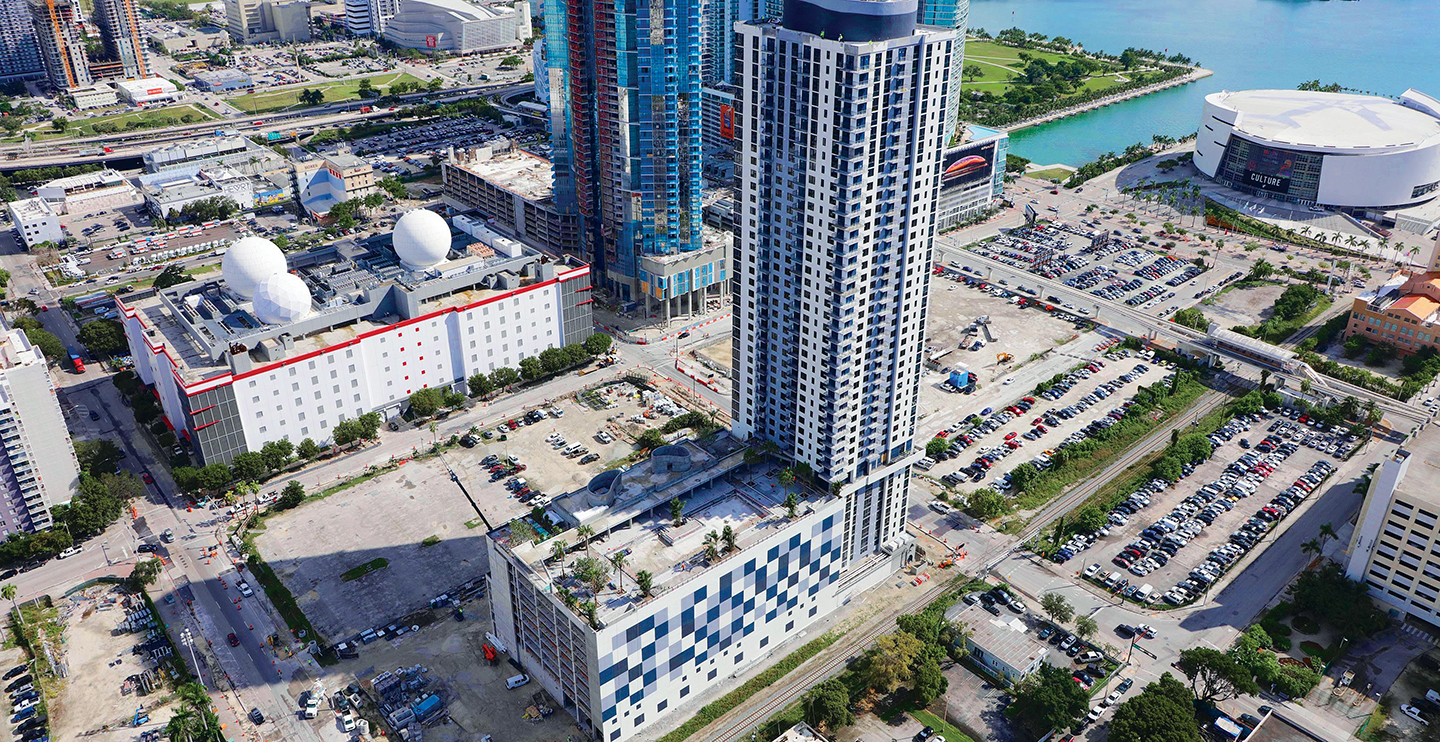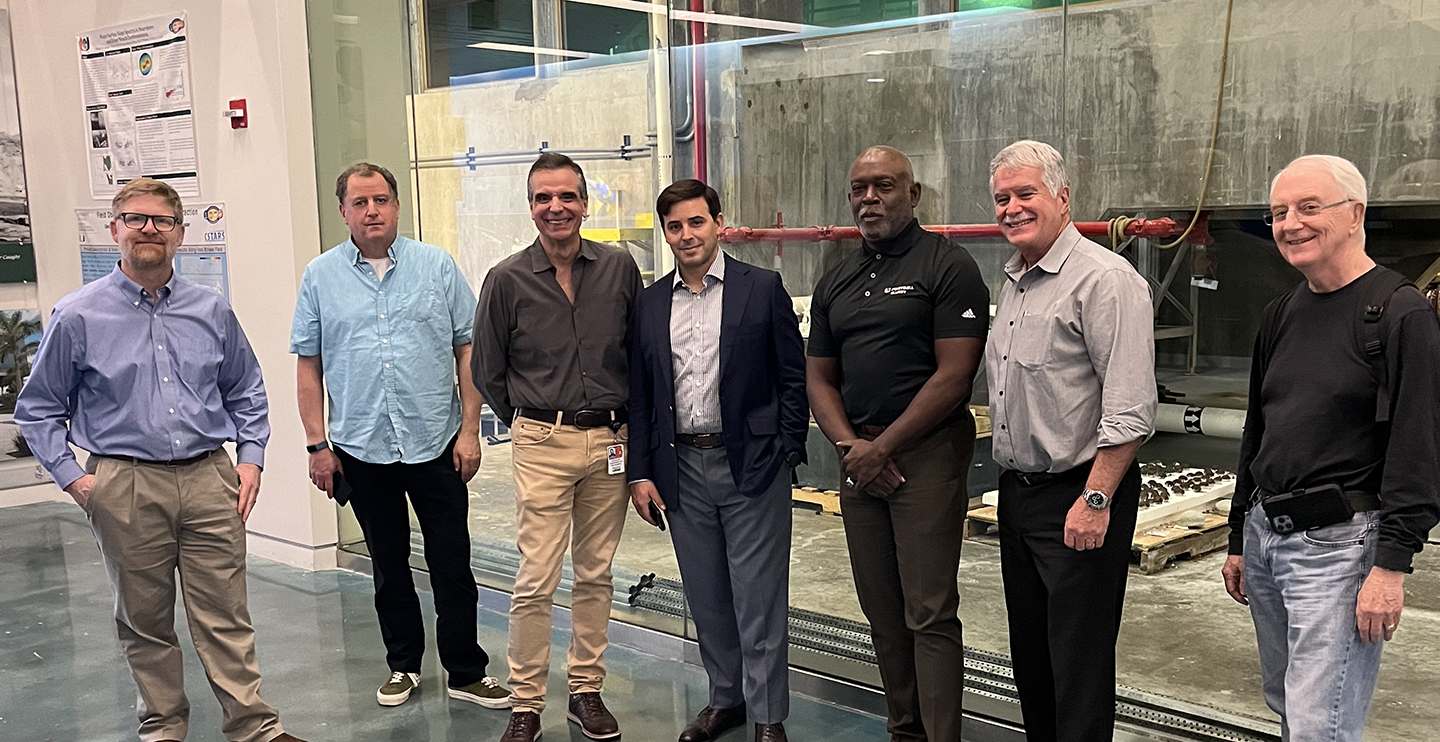Using machine learning techniques to discover new drugs, design materials for targeted applications, and analyze medical images for abnormalities are among the many ways the supercomputers of the Frost institute for Data Science and Computing (IDSC) are advancing research at the University of Miami.
“Our team can help faculty and students,
as well as stakeholders in the South Florida community,
at every step in the research process.”
 “Our team can help faculty and students, as well as stakeholders in the South Florida community, at every step in the research process,” said J. Warner Baringer, associate director, Advanced Computing Systems (ACS), which maintains IDSC’s computation and storage infrastructure. “From writing a grant to updating software or structuring ML/AI training, we facilitate the use of our exceptionally powerful resources.”
“Our team can help faculty and students, as well as stakeholders in the South Florida community, at every step in the research process,” said J. Warner Baringer, associate director, Advanced Computing Systems (ACS), which maintains IDSC’s computation and storage infrastructure. “From writing a grant to updating software or structuring ML/AI training, we facilitate the use of our exceptionally powerful resources.”
IDSC’s flagship is the TRITON supercomputer with 96 AC922 compute nodes, each with two 20-core POWER9 (P9) processors and two NVIDIA Tesla V100 (Volta) GPUs. Each node contains 256 GB DDR4 main memory, and each GPU has 16 GB HBM2 memory. When deployed in 2019, it was one of the top five academic supercomputers in the country.
The ACS team also operates IDSC’s Pegasus supercomputer, which has 340 IDataPlex compute nodes each with two 16-core Intel Xeon E5-2670 processors, 32 GB DDR3 main memory and peak memory bandwidth of 102 GB/s. At the time of its installation in 2012, Pegasus ranked #389 in the “TOP500 List“ of the world’s fastest supercomputers.
“If you were to perform a single calculation every second, without stopping, it would take you 34 million years to reach the combined capabilities of Pegasus and Triton,” said Baringer.
 IDSC’s resources are located at the Network Access Point (“The NAP”) of the Americas, a six-story, 750,000-square-foot shared data center in downtown Miami (shown with red-painted accents, above) operated by Equinix. “We also have 6 terabytes of storage connected to these two computational clusters,” said Erick Marin, IDSC systems administrator. “Our team goes on site, as well as working remotely, to maintain this hardware.”
IDSC’s resources are located at the Network Access Point (“The NAP”) of the Americas, a six-story, 750,000-square-foot shared data center in downtown Miami (shown with red-painted accents, above) operated by Equinix. “We also have 6 terabytes of storage connected to these two computational clusters,” said Erick Marin, IDSC systems administrator. “Our team goes on site, as well as working remotely, to maintain this hardware.”
Enhancing Capabilities
IDSC’s ACS team continues to enhance the capabilities of the University of Miami’s world-class infrastructure through an ongoing technology refresh cycle. “We are evaluating new CPU such as Intel-scalable processors and GPU technologies such as NVIDIA H100 to support the fast-growing, innovative research computing requirements across the UM enterprise,” said Ravi Vadapalli, PhD, ACS director, and research associate professor, College of Engineering.
 A planned investment will enhance IDSC’s infrastructure, which is already one of top computational resources in Florida. “We provide a high level of service and support for users,” said Baringer. “Effective modeling and training are vital tools for solving large and complex problems in the sciences, medicine and engineering.”
A planned investment will enhance IDSC’s infrastructure, which is already one of top computational resources in Florida. “We provide a high level of service and support for users,” said Baringer. “Effective modeling and training are vital tools for solving large and complex problems in the sciences, medicine and engineering.”





